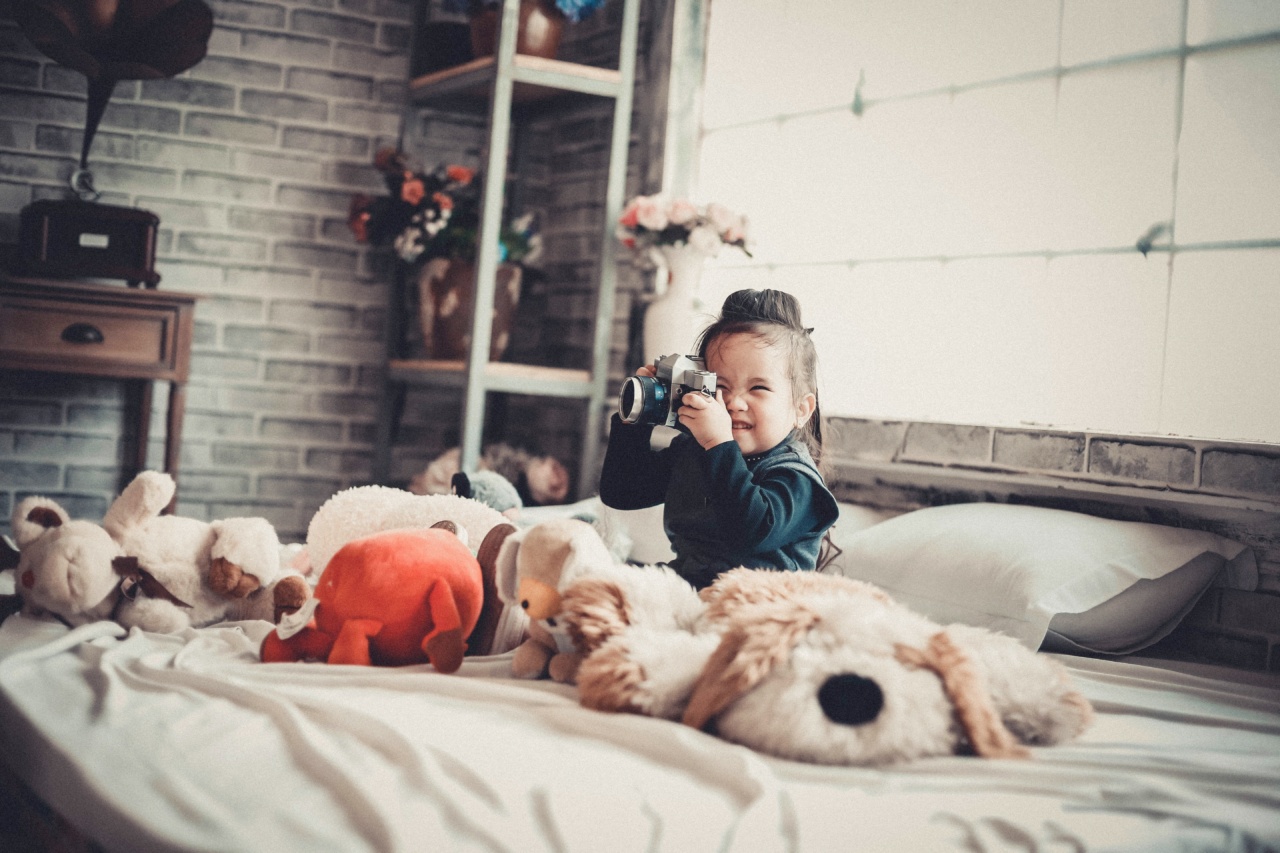Having both kids and dogs in a household can be incredibly rewarding. However, conflicts between them can also arise, leading to potential harm to either the child or the dog.
It is essential to cultivate a harmonious environment and teach both parties how to interact safely and respectfully. By understanding the dynamics between kids and dogs, you can prevent conflicts and foster a loving relationship.
Supervision is Key
When it comes to preventing conflicts between kids and dogs, supervision is crucial. Never leave young children and dogs alone together, as even the most well-behaved dog can become overwhelmed or react unpredictably in certain situations.
Always ensure that a responsible adult is present when kids and dogs are interacting.
Teach Children How to Behave Around Dogs
It is essential to educate children on how to behave around dogs properly. Teach them to approach dogs calmly and to always ask for permission before petting or playing with them.
Encourage them to avoid hugging, squeezing, or pulling on the dog’s tail or ears, as these actions can lead to fear or aggression in dogs. Help children understand that dogs have boundaries and personal space that should be respected.
Establish Clear Boundaries and Rules
Creating clear boundaries and rules for both kids and dogs is crucial to prevent conflicts. Teach your children not to disturb dogs while eating, sleeping, or engaging in activities susceptible to agitation.
Set up designated areas where the dog can retreat to when they need some alone time. By establishing rules, everyone in the household, including the dog, will feel more secure and comfortable.
Provide Adequate Training for Your Dog
Dogs must receive proper training, especially if they are living with children. Enrolling your dog in obedience classes or working with a professional trainer can help them learn basic commands and socialize with other dogs and people.
Training will not only make your dog more well-behaved but will also build their confidence, reducing the risk of conflict with kids.
Recognize Signs of Stress or Fear in Dogs
Understanding and recognizing the signs of stress or fear in dogs is crucial to preventing conflicts. Some common signs include cowering, trembling, tucked tail, lip licking, yawning, growling, or biting.
If you notice any of these signs, remove the child from the situation and give the dog space. Seek advice from a professional dog behaviorist for further guidance if necessary.
Teach Your Child to Read Dog’s Body Language
Teaching your child to recognize and interpret a dog’s body language is an important skill when it comes to avoiding conflicts.
Help them understand that a wagging tail doesn’t always mean a dog is happy, and that a stiff body posture or bared teeth indicates discomfort or aggression. By learning to read a dog’s body language, your child can assess whether it’s appropriate to approach or interact with the dog.
Provide Safe Spaces for Your Dog
Dogs need their own safe spaces where they can retreat to when they feel overwhelmed or need some alone time. Create a designated area where the dog can relax without being disturbed by kids.
This could be a crate, a specific room, or a comfortable bed placed in a quiet corner of the house. Ensuring your dog has a safe space will minimize potential conflicts and provide them with a sense of security.
Regular Exercise and Playtime
Both children and dogs benefit greatly from regular exercise and playtime.
Engaging in physical activities together, such as going for walks or playing fetch in the backyard, can help release excess energy and reduce the likelihood of frustrated behaviors in both parties. Additionally, exercise promotes a healthy bond between kids and dogs, fostering a positive relationship based on mutual enjoyment.
Constant Socialization
Socializing your dog from an early age is vital for preventing conflicts and ensuring they are comfortable around children. Gradually expose your dog to different environments, people of all ages, and situations they may encounter regularly.
This exposure will help your dog develop confidence and adaptability, reducing the chance of negative reactions when interacting with kids.
Seek Professional Help if Needed
If conflicts between your kids and dog persist or escalate despite your efforts, don’t hesitate to seek professional help.
A certified dog behaviorist or a professional dog trainer experienced in working with families can assess the situation, provide guidance, and offer specific strategies to address any ongoing issues. Professional intervention can help you build a safer and more harmonious relationship between your kids and dog.





























